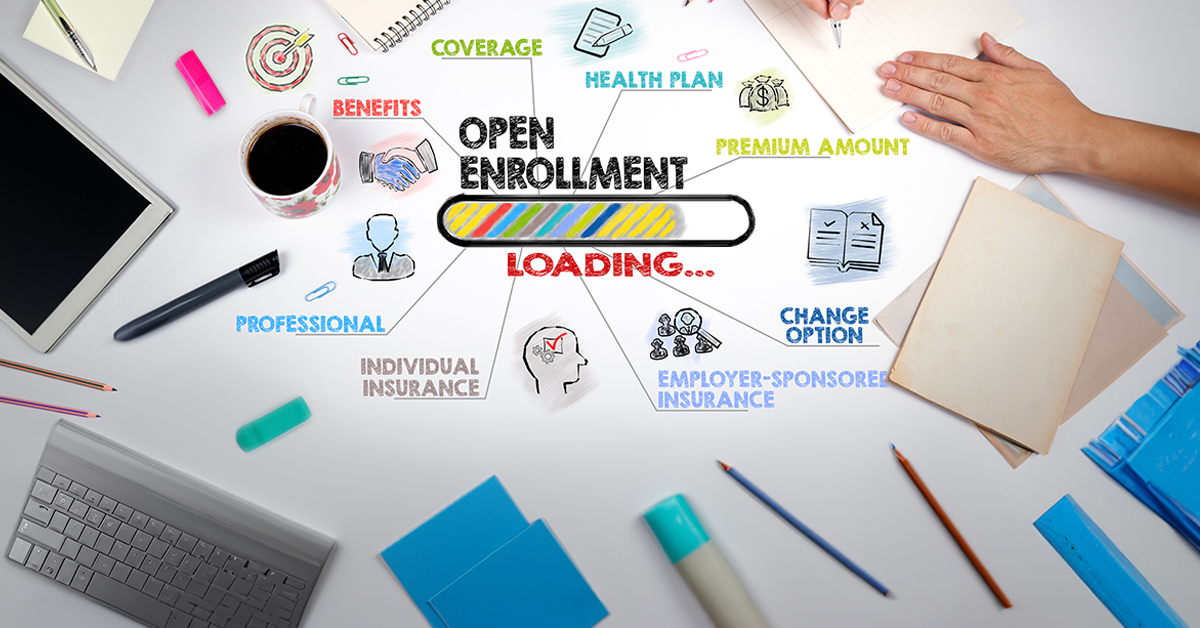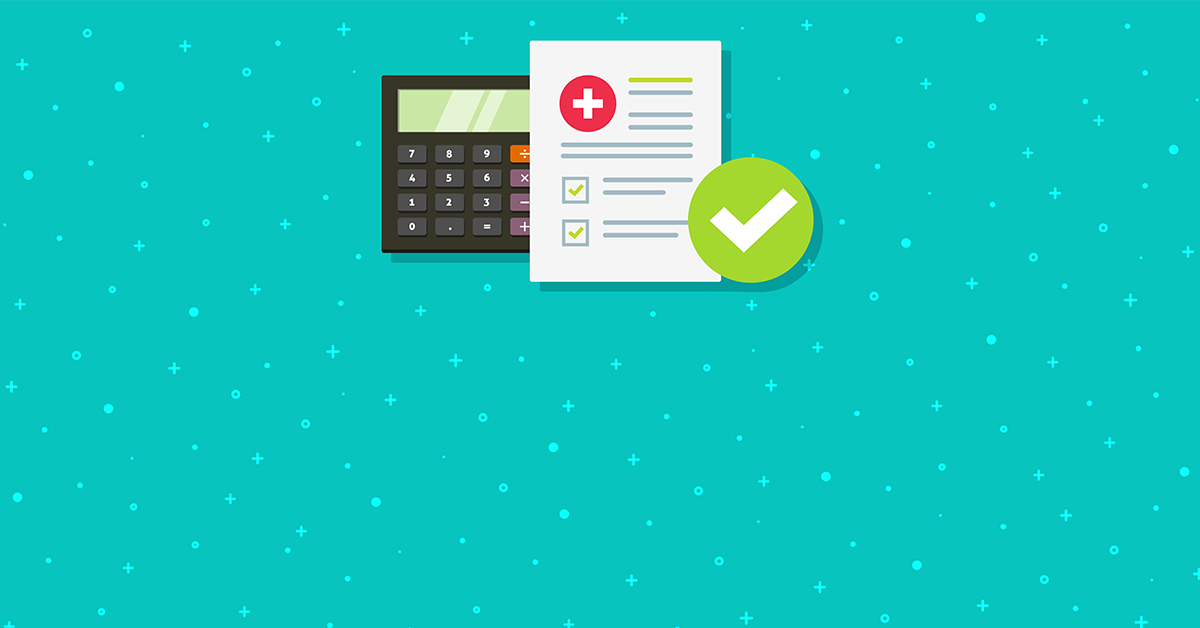Think back to your first day on the job. Maybe you planned your first-day outfit. Prepped your coffee the night before, or even practiced the commute (if it wasn’t from your bedroom to the kitchen). And once you arrived…you sat, sequestered with other new hires, filling out mounds of paperwork.
By some estimates, new hires have 40 to 50 tasks to complete during onboarding, like signing and acknowledging policies and setting up their desk. And most of that administrative work takes place during the first few days on the job.
The firehouse approach is overwhelming, instead of inspiring. And it’s ineffective. Onboarding overload makes it harder for new hires to connect to your culture, purpose, and team. It slows down productivity and can even lead to delays in benefits enrollment.
Instead, companies can divide the employee onboarding process into three longer-term phases: preboarding, onboarding, and keepboarding.
Preboarding: Make your company and culture shine before new hires clock in on their first day. Send new hires a welcome email and invite them to join your online communities or a new hire portal. Use technology to make administrative tasks simple and easy — for new hires and your HR team. For example, electronic signature and verification tools can reduce some of the paperwork both parties have to manage.
If a new hire portal isn’t in your budget right now, consider moving some information outside the company firewall, so employees can start paperwork and explore benefits sooner. Or use your handbook to let new hires know what to expect on their first days on the job.
Onboarding: “Day one” is usually full of paperwork, presentations, and procedures. Ditch the slideshow and create a more engaging experience for everyone. Empower new employees to find information they need, instead of reading a slide deck to them. Introduce them to colleagues and projects and start talking about their future with the company as soon as possible. As Gallup says, employees want to fit in and belong to your organization, not just find their assigned seat. Create memorable experiences and meaningful connections right away.
Keepboarding: Most importantly, onboarding isn’t a “one and done” event. Create a keepboarding system to check in with new hires regularly during their first three months, then at least once a year. Work with managers to create goals and learning plans for the first 90 days so employees develop skills incrementally, without feeling overwhelmed. And re-orient all employees every year to highlight underused benefits and address common questions.
Long-Term Onboarding Pays Off
A significant number of new hires leave within the first 45 days. If you check in with employees often during that period, you can learn how to improve recruitment and onboarding to encourage retention.
A solid employee onboarding process can also set you apart from other employers. According to Gallup, 70% of employees who have exceptional onboarding experiences say they have the “best job possible.” These employees are also 2.6 times as likely to be extremely satisfied at work — and more likely to stay.
Not sure how to turn your onboarding experience into a long-term welcome party? This case study breaks it down into three simple phases.
Follow us on LinkedIn for more insight, advice, communication samples, and more.



